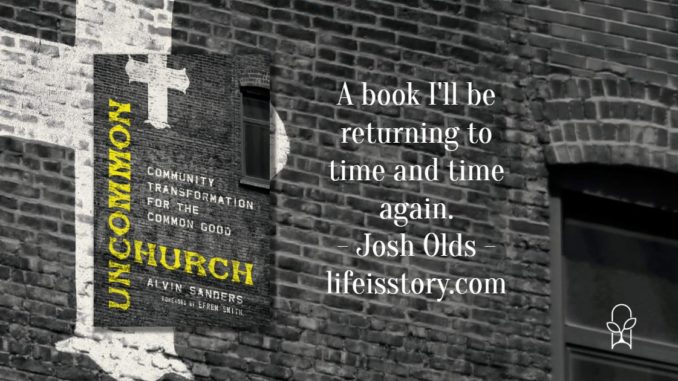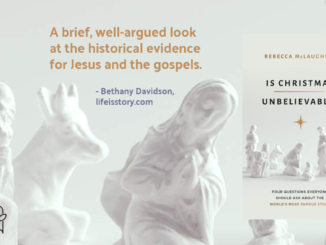
Published by IVP on October 13, 2020
Genres: Christian Life, Leadership, Non-Fiction
Goodreads
How can the people of God develop churches in ways that help and don't hurt poor neighborhoods? In urban ministry, Christians too often treat the poor as goodwill projects instead of people. Because of this mindset, many remain unchurched. Healthy, local, urban churches are needed because they combine personal empowerment and community transformation. Every poor neighborhood needs uncommon churches that will seek the common good of their communities. Alvin Sanders engages hard truths about these neighborhoods and provides a model for how to do ministry in difficult conditions. The local, urban church is the key to community transformation, as it plays three crucial roles of empowering, partnering, and reaching. Pastors and church planters interested in Christian community development will find here practical insights into the power of the local church, which is often underrated. Churches can serve their communities and improve the quality of life of every facet of the neighborhood.
One of the problems that I’ve experienced within the local church is the lack of community. Or, even more specifically, the lack of the interior community of the church to engage with the exterior community of the neighborhood. That’s not true for all churches, I know, particularly churches from urban environments, but it is the case for many suburban churches, megachurches, and churches whose church demographics don’t align with the neighborhood’s demographics.
In particular, many churches treat “the poor” as a problem to be ignored or a project to be fixed. Uncommon Church steps into that space, encouraging churches to not just help the poor but be comprised of the poor. After all, Jesus didn’t commute to earth but incarnated himself in flesh. This point is made strongly in the very first chapter, which Sanders bluntly titles “Advocacy is Not Enough.”
The first part of Uncommon Church presents readers a better way of doing church. At one point, Sanders tells the poignant tale of Charles Sheldon’s In His Steps. It’s a book that has encouraged people for over a hundred years to ask What Would Jesus Do? Sanders points out that, while this can be helpful, we must also remember that we aren’t Jesus. Putting ourselves in his shoes can lead to a savior mentality that divides us, rather than unites us with the poor.
At the tail end of this section, Sanders moves from the theological and theoretical into the practical and personal, highlighting seven habits of a spiritually mature church. It’s a well-presented, solid structure that may change the way you decide to organize your own congregation.
The second part of Uncommon Church deals with what it means to work for the common good of the community. Sanders explores the tensions between evangelism and justice. He gives a sociology lesson on how the “hoods”—areas of poverty, both urban and suburban—are created and maintained through economic injustice. And then he provides clear and repeatable examples of good, uncommon church work in both his own church context and the Christian Community Development Association.
As a pastor, I’ve had a lot of ideas about how to engage the surrounding community, but going without knowing if a plan is workable isn’t wise. Sanders provides the plan, making Uncommon Church a book I’ll be returning to time and time again as I adapt his message and implementation to my context.



